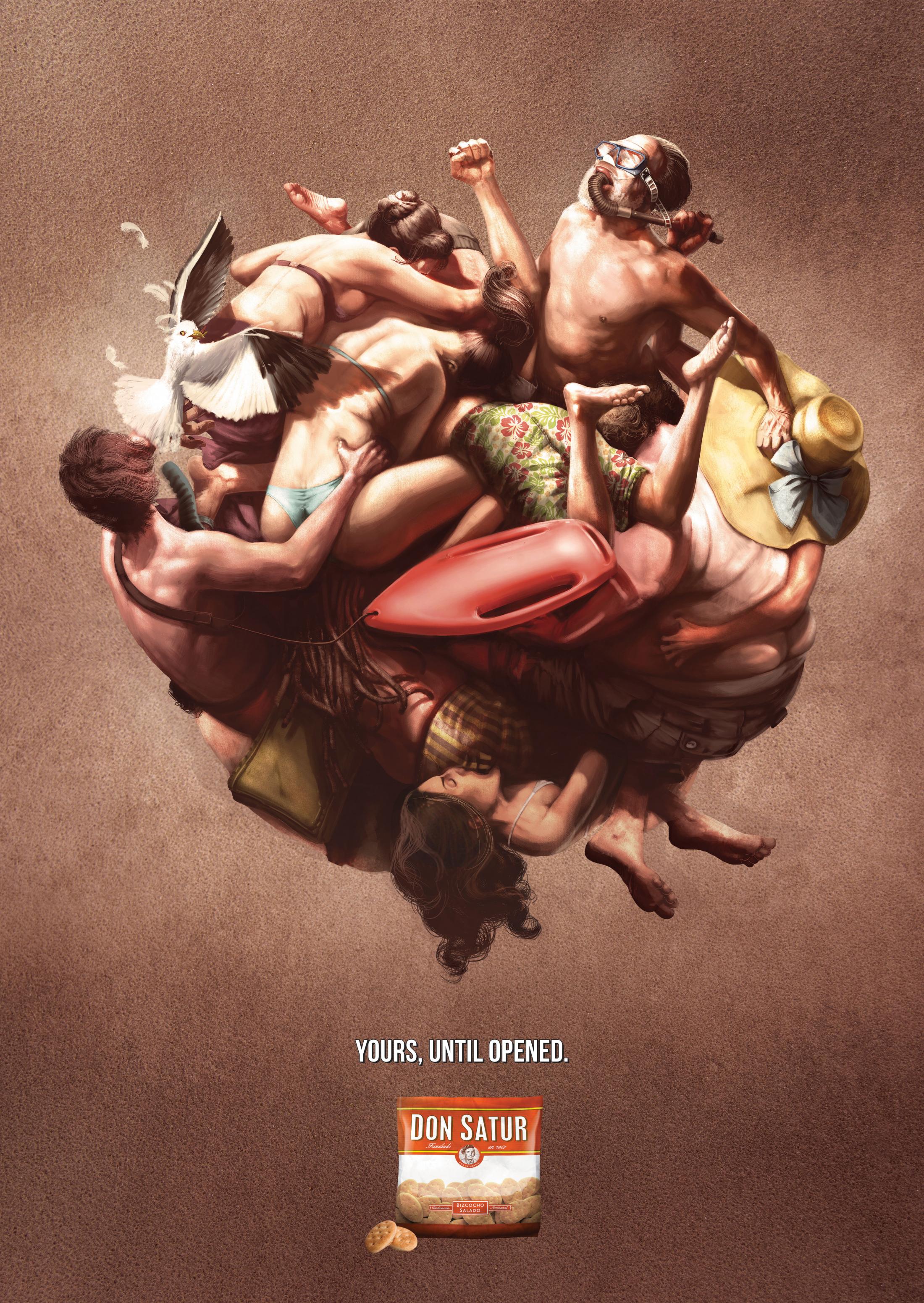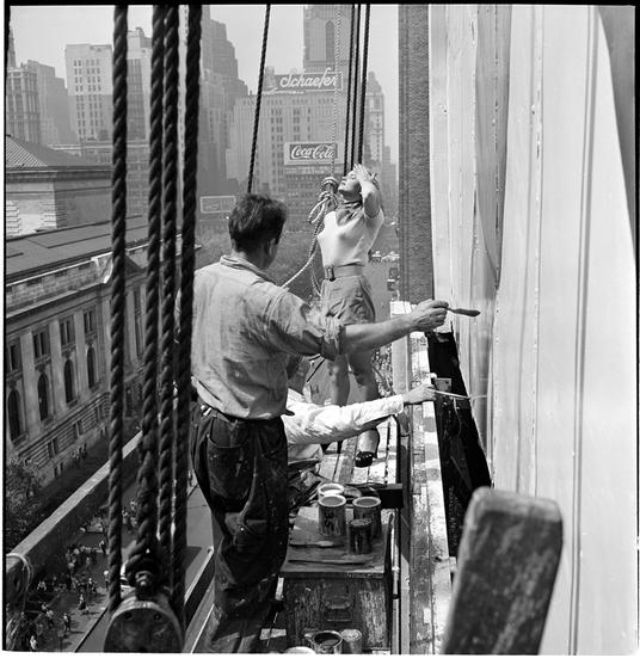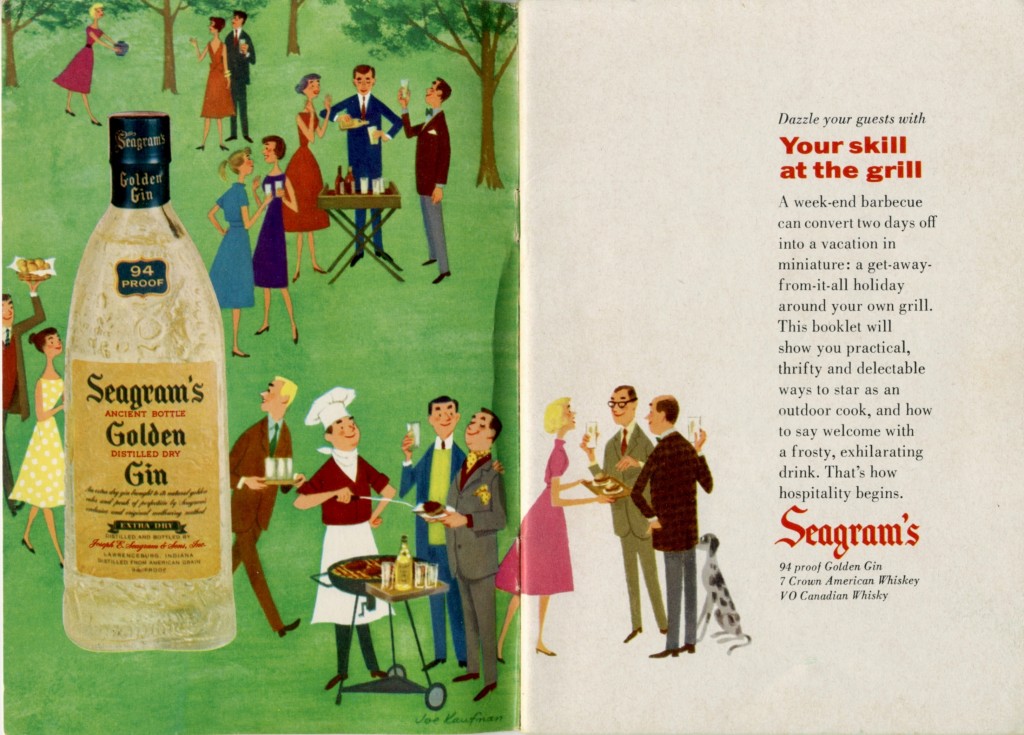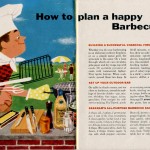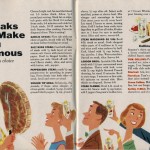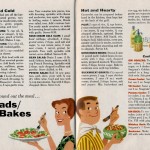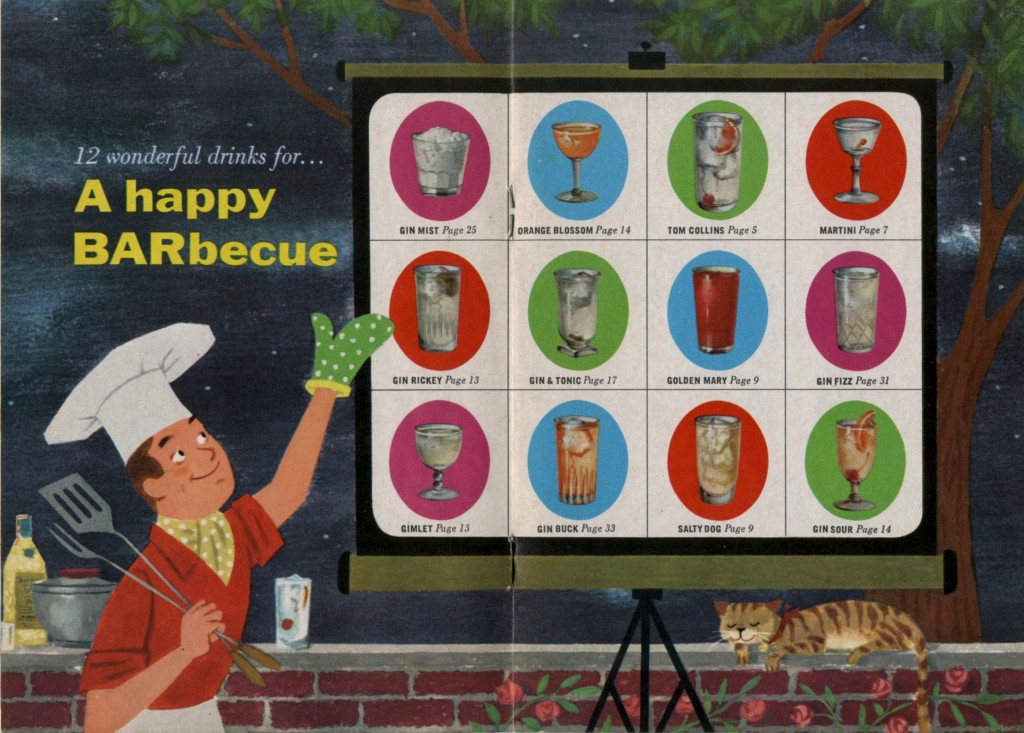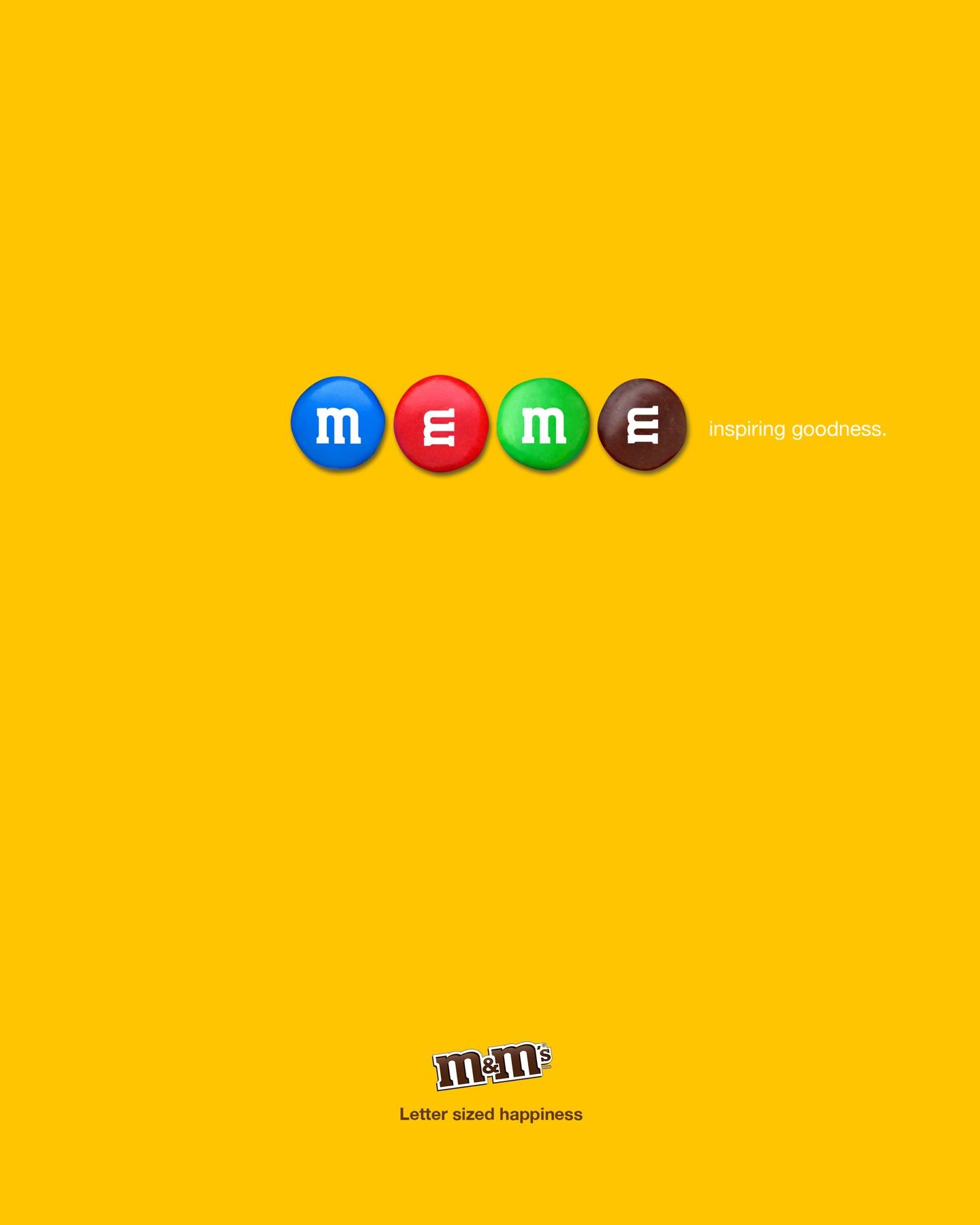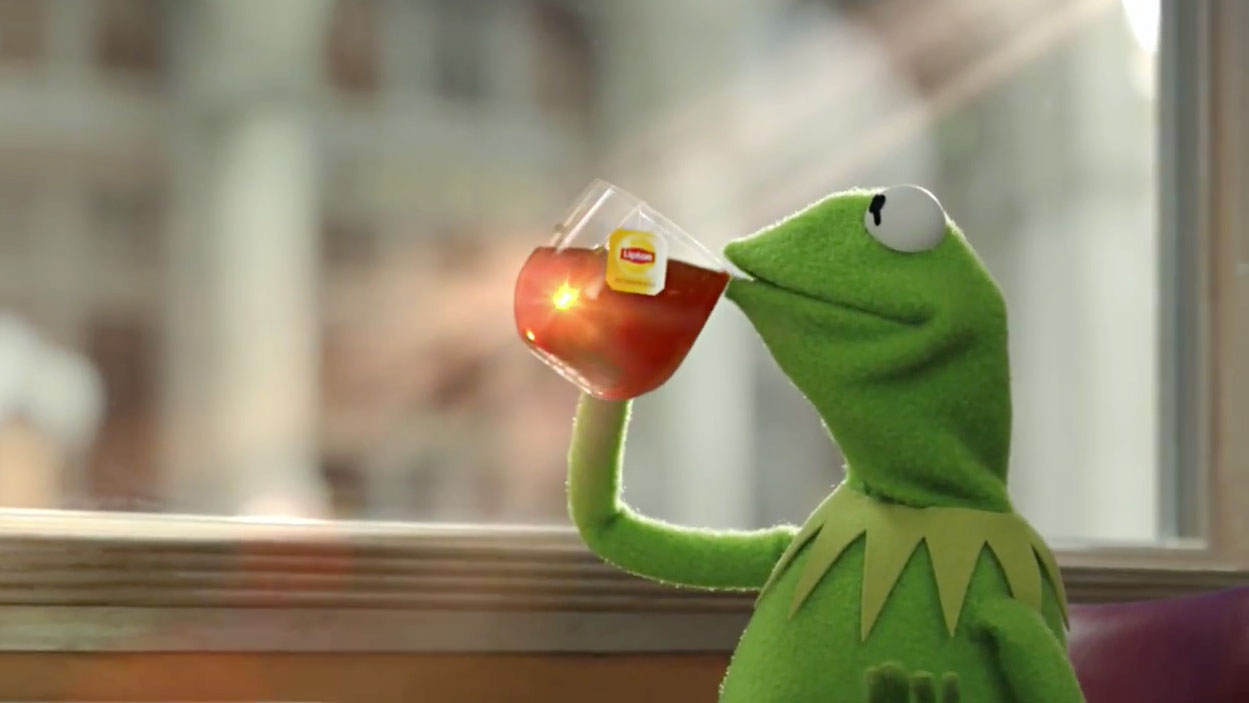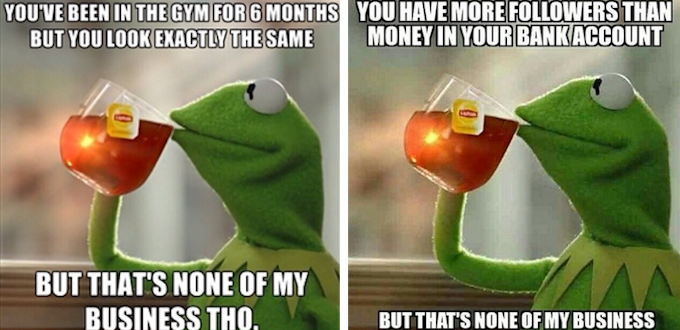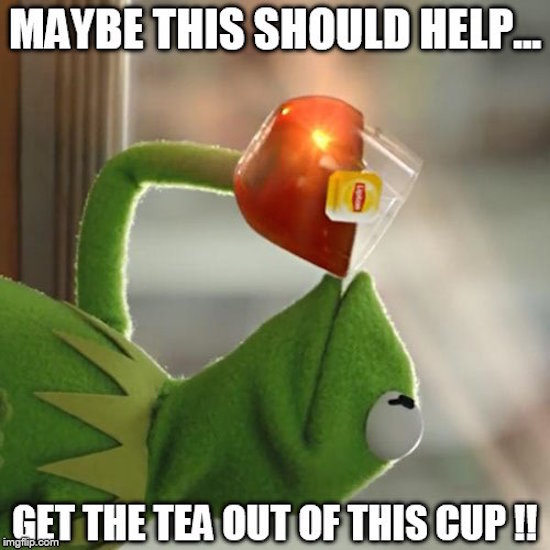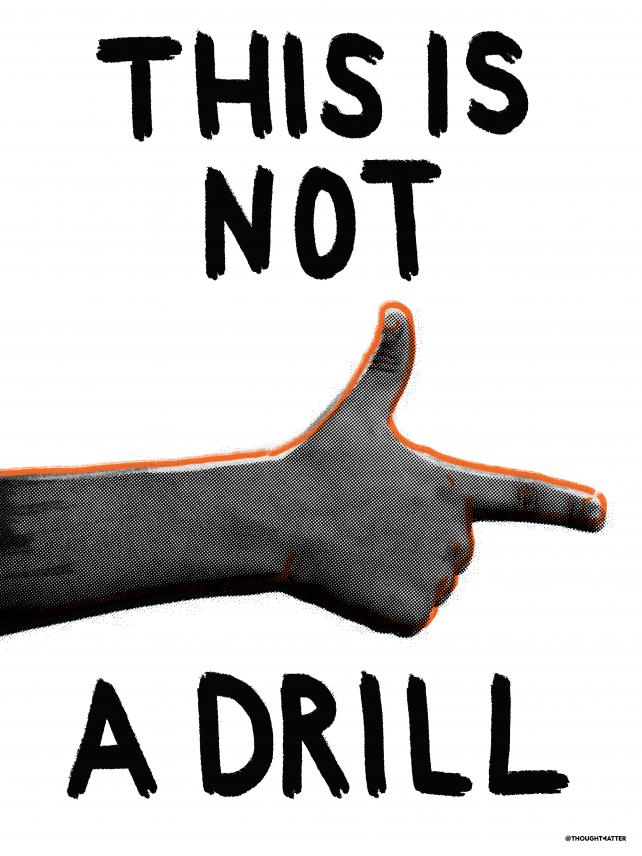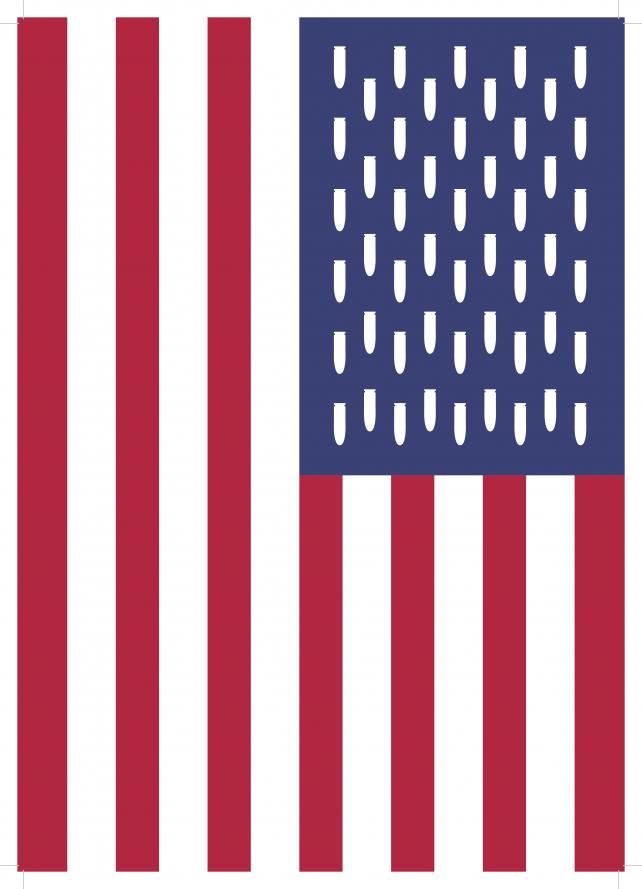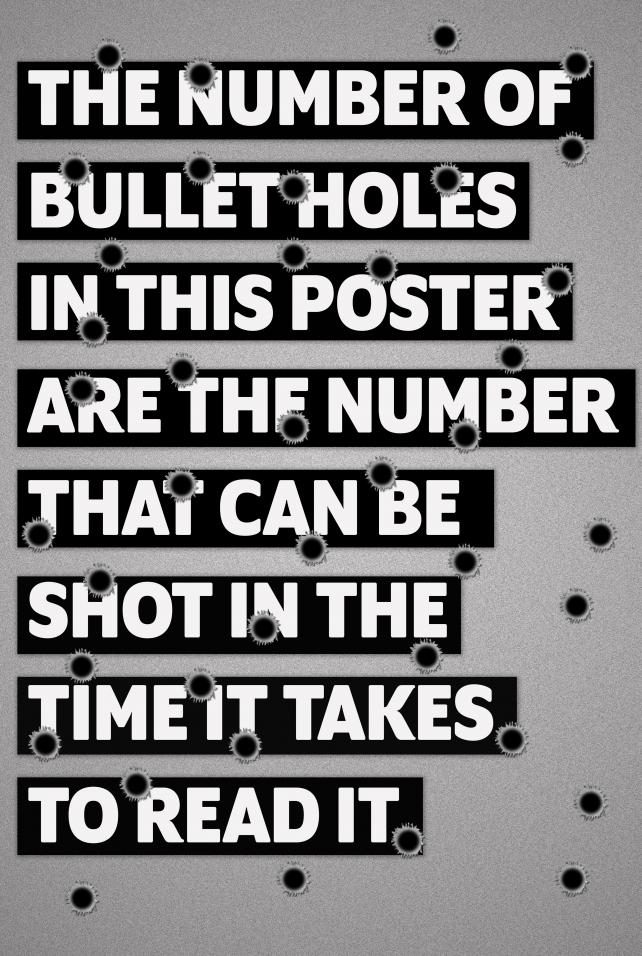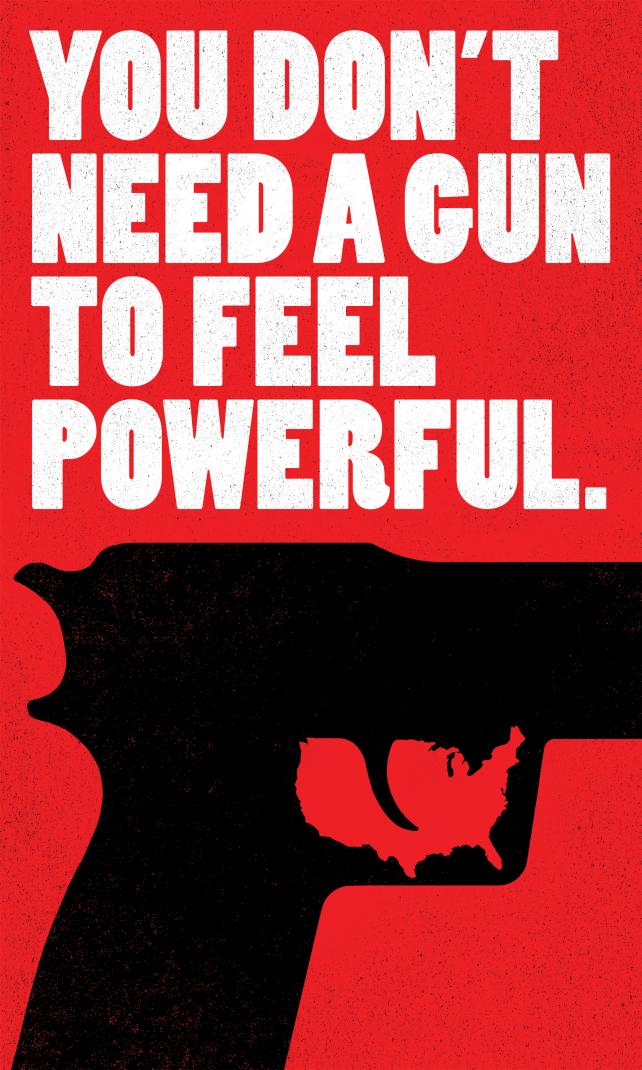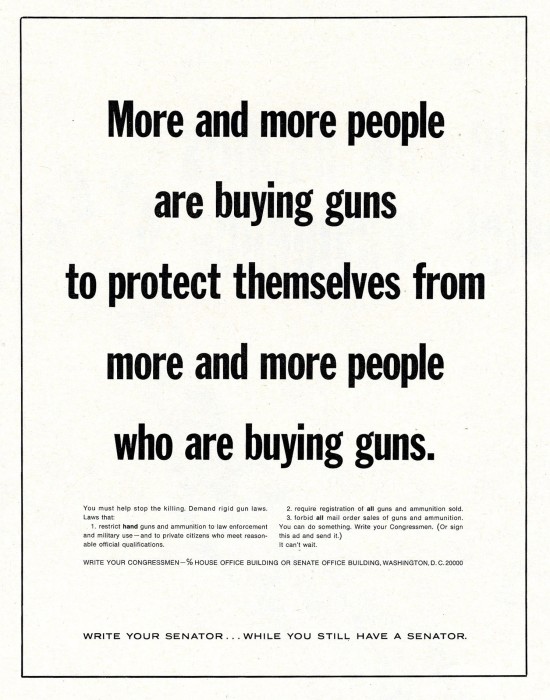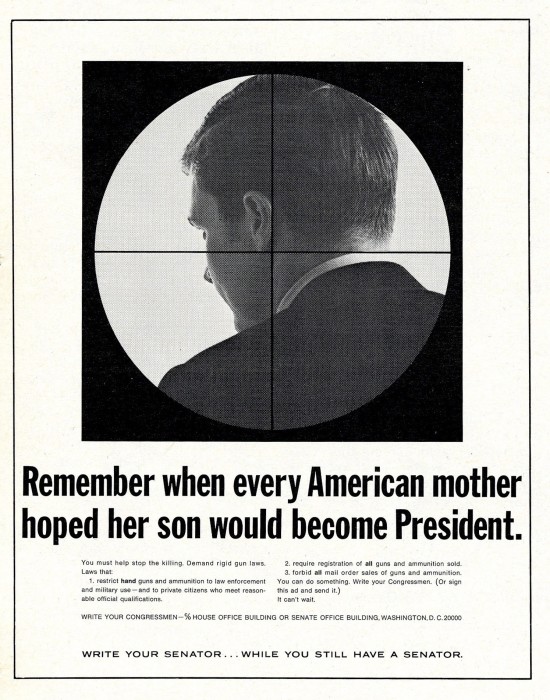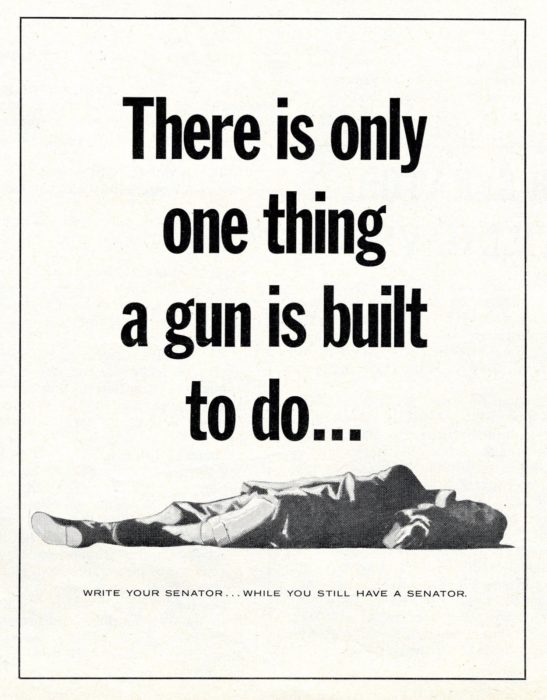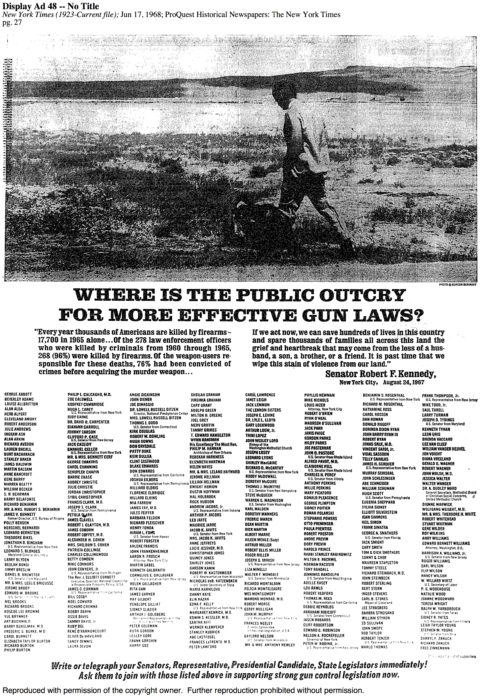In the world of advertising, the surge in generative AI usage has been remarkable in 2023. Now, nearly a year later, its impact is undeniable.
For instance, Trivago, a leading hotel search company, recently unveiled a rebranding ad campaign with a twist. Instead of hiring multiple actors for its global market, it employed a single actor and used AI to translate his voice into nearly a dozen languages. Trivago's CEO, Johannes Thomas, highlighted the efficiency of this approach. Previously, the company required 35 productions and 20 actors for 40 markets, which was costly and time-consuming. Now, AI enables quicker, more versatile content creation for diverse markets.
Trivago's AI exploration doesn't stop there. They're running numerous tests to enhance their product and even considering AI-generated characters tailored for each market. They've streamlined their internal processes with an AI-assisted "fast pass" for approvals, allowing rapid testing of new tools while maintaining data security.
Thomas emphasizes the importance of innovating with AI, suggesting it enables more tailored and cost-effective marketing strategies.
Trivago isn't the only company leveraging AI. For example, the meditation app Calm used AI to recreate James Stewart's voice, known for his role in "It’s A Wonderful Life," for a holiday special. This project, in collaboration with Ukrainian AI voice startup Respeecher, showcased a human-centered approach to AI, combining the efforts of sound editors, producers, and AI experts.
The use of AI in marketing has expanded across various sectors:
Orange created an AI deepfake ad for the 2023 FIFA Women’s World Cup to tackle sexism in soccer.
WWF Deutschland leveraged AI in campaigns like "Bee Radio," turning bee hums into songs, and "Climate Realism," using AI to predict climate change impacts on landscapes.
Burger King's "A.I.LLOWEEN" campaign featured a unique AI-generated commercial.
Volkswagen crafted a deepfake video of Elis Regina, enhancing its brand narrative.
Moreover, Coca-Cola was an early adopter of generative AI for its "Masterpiece" ad.
Beyond individual companies, the industry is seeing broader collaborations and innovations. Axel Springer teamed up with OpenAI for AI-summarized news, and Google Cloud and Accenture formed an "AI Center of Excellence."
In the realm of entertainment, musician Grimes introduced AI-infused plush toys for kids in association with Curio.
A Gartner survey revealed a strong belief in AI's productivity impact, with analysts predicting significant changes in organic search traffic and creative roles due to AI.
However, alongside these advancements, there are growing concerns about ethical issues and misinformation. A report uncovered a Pro-China YouTube network using AI for misinformation, and there's a push in Washington state for ethical AI legislation. The Irish Council For Civil Liberties is advocating for user control over Big Tech algorithms.
Concluding with analyst Benedict Evans' predictions for 2024, it's clear that AI will continue to be a major focus in the tech and marketing worlds.















